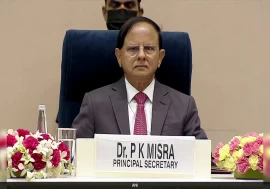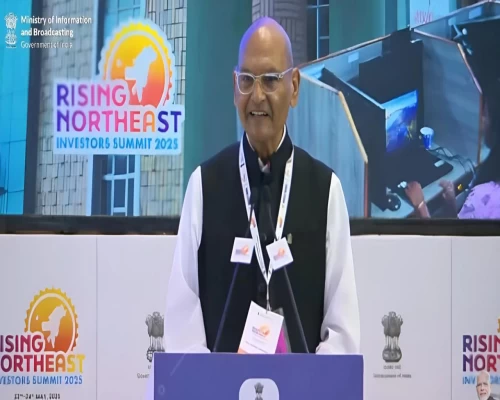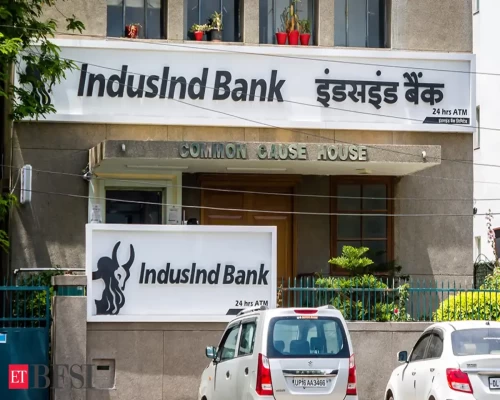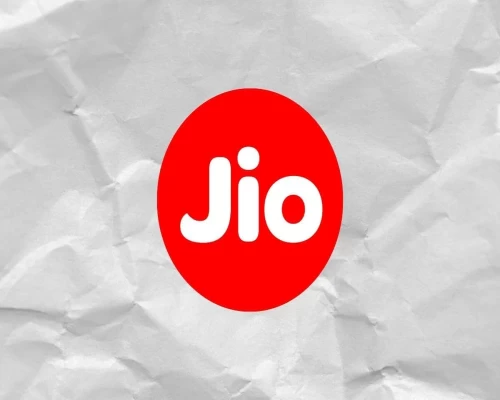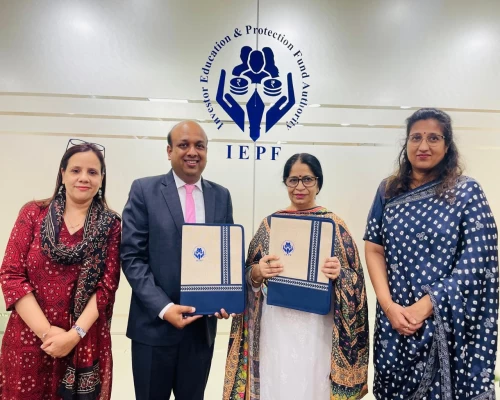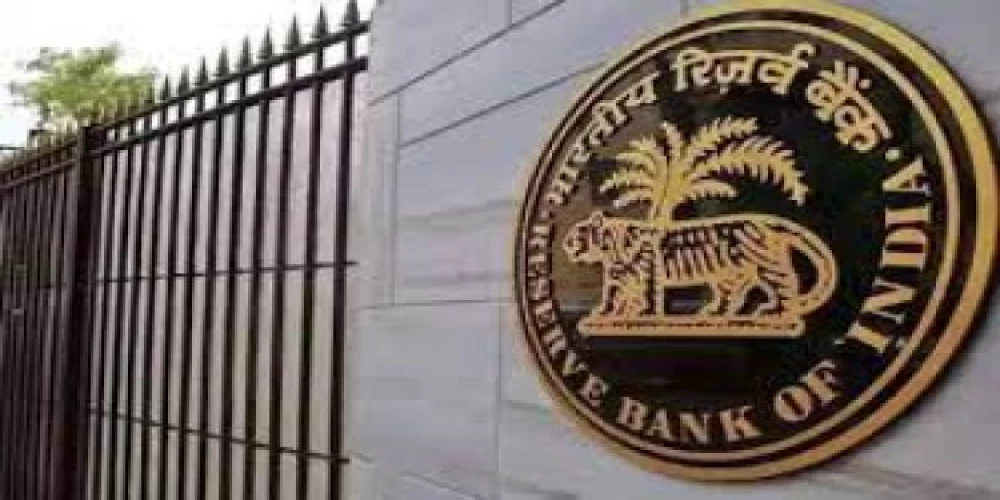
New Delhi: Digital currency would bring in a lot of operational efficiency in the system and will foster financial inclusion, stated Ajay Kumar Choudhary, Executive Director, Reserve Bank of India, at an interactive session on ‘Digital Rupee: A Way Forward’ organised by the PHD Chambers of Commerce and Industry (PHDCCI) here on Thursday.
He said that as of 2021, as per the central bank digital currency (CBDC) tracker almost 105 countries representing 95 per cent of the world GDP have taken steps to inculcate digital currency in their ecosystem. He further added that around 50 countries are at the advanced phase of exploration to launch the digital currency, while 10 countries have fully launched the digital currency.
According to Choudhary, digital rupee will add the resilience associated with innovation in the way payments are made. It will also boost innovation in the cross-border payment space, he said.
The markets will develop more huge cases in time to come as per their specific requirement. CBDC will give the public the desired experience while ensuring consumer protection but avoiding the damaging social and economic consequences, he added.
Choudhary explained that digital currency is going to fill the strategic space needed at this point of time. He said that digital currency is expected to complement rather than to replace the current forms of currency. It would provide an additional avenue to the users as a payment instrument.
He stated that the Reserve Bank of India would be taking all steps to ensure that the issuance of CBDC follows a calibrated and nuanced approach with adequate safeguards to tackle any potential difficulties and risks so as to build a system which is inclusive, competitive, and responsive to innovation and tech changes.
Explaining the difference between digital currency and UPI, Choudhary mentioned that like physical currency, digital currency issued by the central bank is the RBI’s liability whereas UPI is a means of payment. Any transaction through UPI is the respective bank’s liability, he pointed out.
Anuj Kumar, General Manager, RBI, stated that the digital currency has nothing to do with payments and this is a physical currency getting converted into a digital one. He explained that just like we hold physical currency in our physical wallet, this would be a digital currency in our digital wallet.
He stated that the cost involved in printing the physical currency would be eliminated in the long term. Other than the printing cost, there would be other costs like setting up a press, getting the manpower, importing high-quality paper from foreign locations and the ink used, all this would be saved.
Hemant Jain, Vice President, PHDCCI, in his welcome address stated that the Central Bank’s digital currency is based on the principals of trust, safety, liquidity, and integrity. He informed that the switch over to digital currency will plug the loopholes and eventually wipe out all the black money in the system.
Jain informed that the PHD Chamber of Commerce has been working as a catalyst of promoting Indian industry and trade for the past 117 years. He said that PHDCCI is a forward-looking dynamic apex organization and a voice of industry and trade. He further informed that almost 70 per cent of the members fall under the MSME category which is the focus of the government today.
Saurabh Sanyal, CEO and Secretary General, PHDCCI, made the concluding remarks and proposed the vote of thanks for the interactive session. Dr S P Sharma, Chief Economist, DSG, PHDCCI, gave the opening remarks and moderated the session. /BI/


